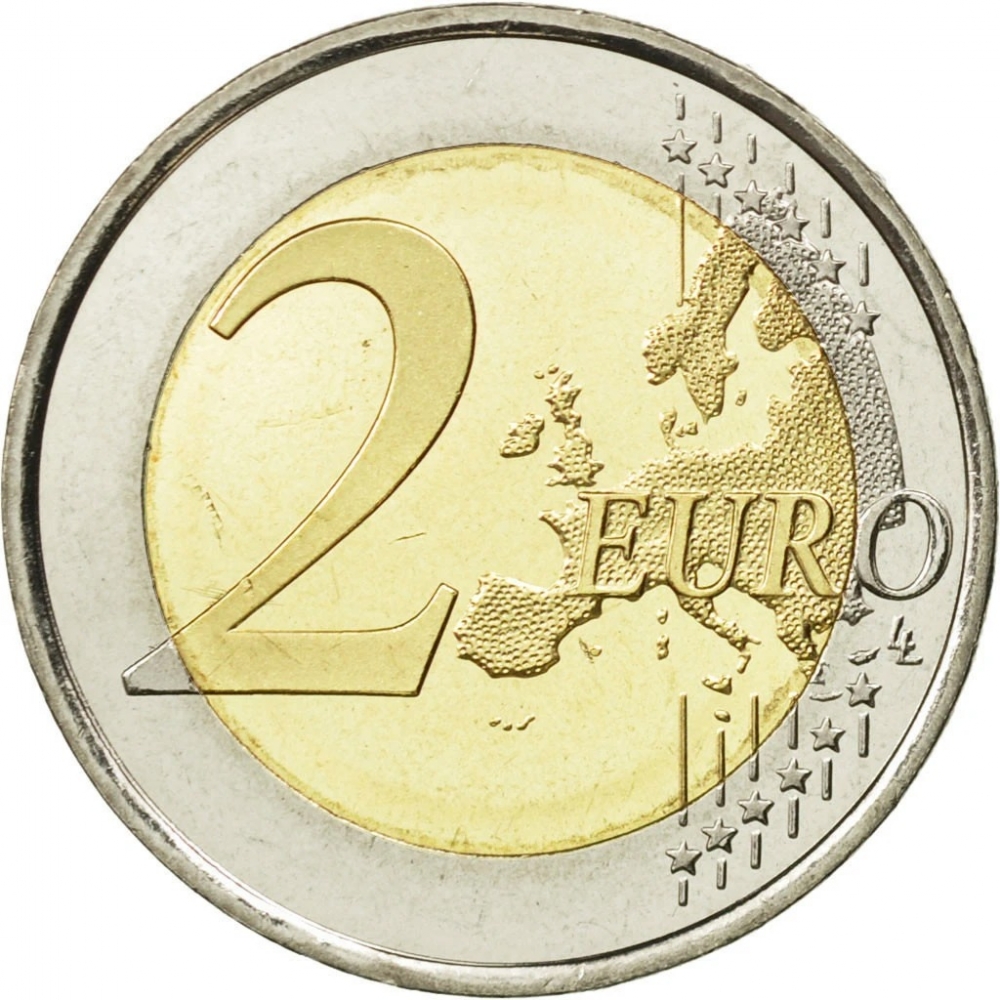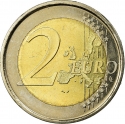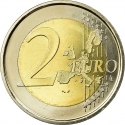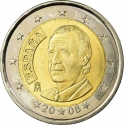You are about to finish your registration. Please check your mailbox (including spam folder). There should be a letter with a confirmation link. Check setting to make sure that your e-mail address is correct.
Send letter againDescription
Felipe VI (born 30 January 1968) is the King of Spain. He ascended to the throne on 19 June 2014 following the abdication of his father, King Juan Carlos I. He is the only son of Juan Carlos and his wife Sofía of Greece and Denmark. When Juan Carlos was chosen in 1969 to be Francisco Franco's successor, Felipe became second in line to the Spanish throne. Felipe became heir apparent when Juan Carlos succeeded Franco as head of state following his death in 1975. He was created Prince of Asturias in 1977, the traditional title for the heir to the throne.
As Prince of Asturias, he worked to support philanthropic causes and to promote international fellowship among Spanish-speaking countries. In 2004, Felipe married TV presenter Letizia Ortiz with whom he has two daughters.
Obverse

|
Depicts the overlapping portraits of Kings Felipe VI and Juan Carlos I. At the bottom the name of the issuing country and the year of issuance. At the right, the mint mark (crowned M). The outer ring contains the twelve stars of the European Union. M |
|---|---|
Reverse

|
A geographical map of Western Europe spans the outer ring and inner core on the right side of the coin. The inscription 2 EURO is superimposed over the map of Europe, with the numeral “2” located in an open field representing the eastern Atlantic Ocean. 2 EURO |
| Edge |
The sequence "2 ★ ★" repeated six times alternately upright and inverted 2 ★ ★ 2 ★ ★ 2 ★ ★ 2 ★ ★ 2 ★ ★ 2 ★ ★ |
Swap now (3 offers)
Characteristics
| Type | Commemorative Issue (Circulating) |
| Material | Bi-Metallic |
| Ring | Cupronickel |
| Center | Nickel Brass |
| Weight | 8.5 g |
| Diameter | 25.75 mm |
| Thickness | 2.2 mm |
| Shape |
|
| Alignment | Medal |
| Mint |
Royal Spanish Mint (FNMT-RCM)
|







